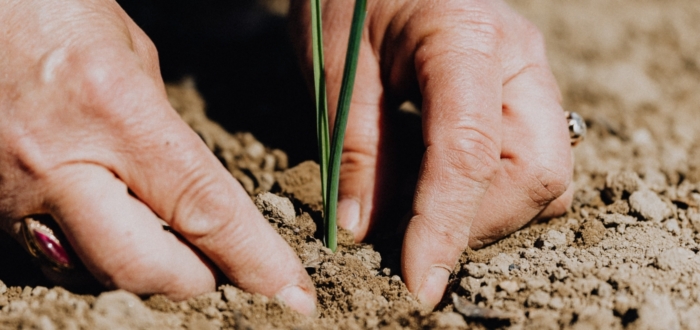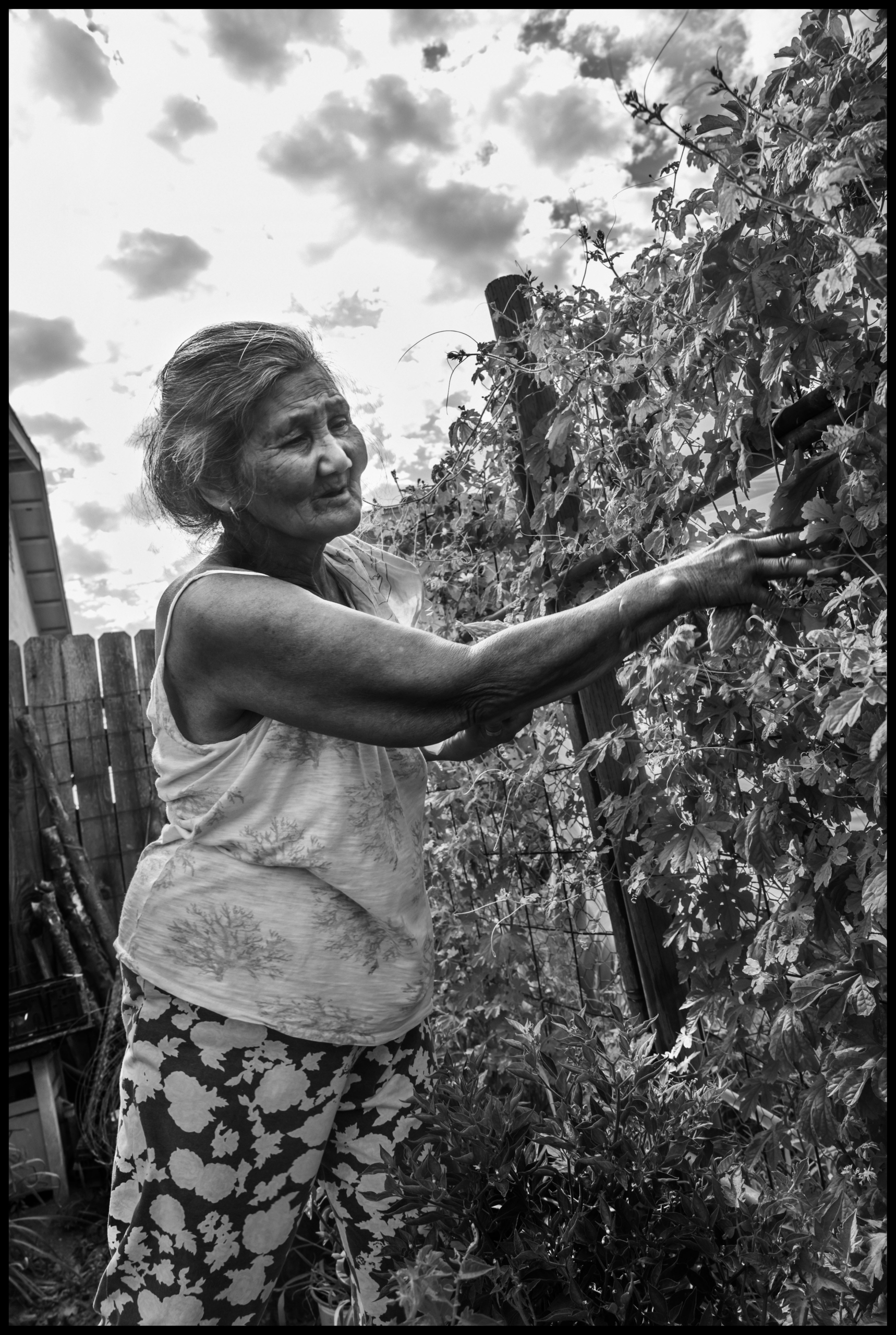
As a term, “climate refugees” refers to any particular group of people forced to move from their homes due to gradual or sudden climate changes. Currently, global warming is responsible for most of the drastic climate changes happening around the world. As a result, the adverse effects have displaced millions of people.
Rising sea levels, extreme weather events, flooding, and drought are just a few causes of such displacement. While some see their homes become completely uninhabitable or destroyed, others are forced to move due to reduced quality of life and access to essential utilities.
This article will further define who climate refugees are and also explore some of the reasons they are forced to leave their homes.
The scourge of climate change has spared no part of the world, and while some have it worse than others, you will find its mark everywhere. The major difference is that some geographical regions and governments are better equipped to handle the effects of climate change than others. The worst affected are often developing countries where conflicts are already displacing people.
Cases of entire villages having to be evacuated due to flooding are not uncommon and occur even in highly developed countries. Some areas have lost the ability to produce food due to constant drought or rising salinity, as in the rice fields of Bangladesh. Most of the affected population in low-income countries depend on agriculture and fishing for survival.
As such, when the land can no longer support their economic necessities, they have no other choice but to move. The movement is often from rural to urban areas, which is one of the reasons it is challenging to define or count climate refugees. They are also not fleeing persecution, which describes a traditional refugee recognized under The 1951 Refugee Convention.
Frequently, climate change refugees are not fleeing from conflict, and sometimes the movement is within the borders. Still, they are displaced from their homes and forced to re-establish their lives in a difficult, novel setting. This leaves them vulnerable, as typical refugee laws do not protect them. In addition, they have to begin life anew, having lost their homes and livelihood. Many are forced to do so abroad.
Since climate refugees are not recognized by international law, no protections are accorded to them, and they may even be sent back to their homelands. Often, they are the most vulnerable in cases of concurrent political conflict in their home or host countries.
When they move from rural to urban areas, they face many problems such as differences in culture and a lack of relevant skills. Agriculture, animal rearing, and fishing are not typically profitable skills in an urban setting. Refugees also often lack personal connections or references to help them get other jobs.
These problems are compounded when the move is to a foreign country. Adjusting to different cultures, languages, and laws is not easy for anyone, least of all a refugee. It is not unheard of for natives to be hostile to refugees, especially when resources in their own country are limited.
The influx of climate refugees may take a toll on a given region’s education, economic, and health systems. Competition for scarce resources such as food, water, work, and land often leads to conflict even among internally displaced refugees.

It is challenging to know the exact number of climate refugees because an official definition is lacking. How do you determine who qualifies and who does not? Do you consider those affected by sudden climate change or those migrating due to slow-onset changes?
However, the Institute for Economics and Peace (IEP) launched the Ecosystem Threats Register (ETR) in 2018. The register measures the ecological threat that countries are facing with projections up to 2050. Their projections show that we may have roughly 1.2 billion people displaced by climate change should the same rate of extreme weather events continue to occur.
Events such as rising sea levels, drought, and flooding are all worsened by global warming. This means that, while they have been happening before, the intensity and frequency has increased as a result.
The population in coastal towns has increased worldwide over the last 30 years. The risk of low-lying coastland being submerged by water is increasing every year. In Bangladesh alone, 500,000 people already lost their homes when Bhola Island was completely submerged. If things don’t change, the predictions are not good—with scientists believing that 17% of the total landmass will be submerged by 2050. This will leave 20 million Bangladeshi citizens homeless.
In the United States, Louisiana will lose 65 square miles of land to the sea. As the wetlands in the Mississippi delta succumb to salt water’s effect on fishing in the area, fishers will be forced further away to catch fish.
Kiribati, Tuvalu, and the Maldives face complete submersion, and plans are underway to evacuate the entire population should that day come. Flooding is also affecting Kenya, where a freshwater lake may merge with a nearby saltwater lake. Both lakes are on the floor of the Great Rift Valley, and this would wreak havoc on each lake’s ecosystem.
When people lose the ability to support themselves by growing or producing food, they are often forced to move. With a prolonged drought, the Sahara desert in northern Africa is expanding at an alarming rate, affecting even East Africa and destroying scarce arable land. Countries such as Ethiopia and Eritrea are already dealing with conflict due to scarcity of resources. In Somalia, millions face starvation due to constant drought that makes farming and herding impossible.
Pakistan is expected to face a full-blown water shortage by 2025 as the primary water source, the Indus river basin, dries up slowly. Iran, a highly populous country, has already notified the UN that it needs food aid.
In China, desertification is causing droves of people to move from the rural areas to surrounding urban areas. The Gobi desert and others are increasing at a rate of 1,300 square miles per year. Sudan is also facing constant droughts, and the Grand Renaissance Dam being built by Ethiopia may threaten the flow of water to the Nile, which is Sudan’s lifeline.
In light of these events, everyone needs to do their part and help mitigate the effects of climate change. Human activities have brought us here, but innovative solutions will help reverse the effects of climate change and create opportunities for sustainable adaptation.
At the Solutions Project, we support climate changemakers, innovators, and solutionaries at the grassroots level. Our goal is to fund these individuals, enabling and empowering them through their process to ensure the success of their green energy solutions. We also support women in leadership, especially women of color, working to come up with community solutions. If you want to help make a difference in the fight against climate change you can learn more about what we do, donate to our cause, or contact us today!